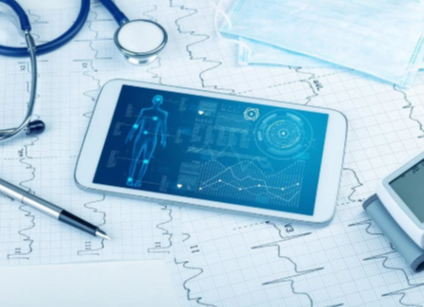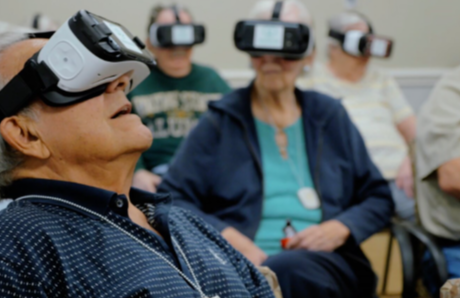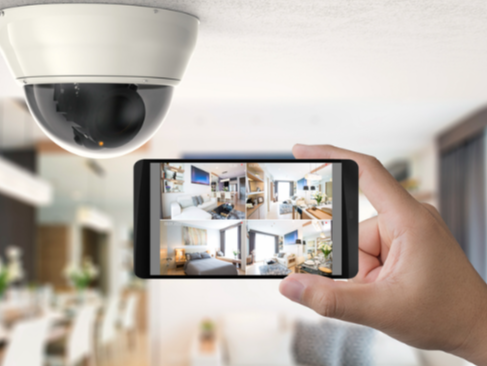How Internet of Things (Iot) Is Helping Make Cities Smarter

The Internet of Things (IoT) is fundamentally transforming urban landscapes. By leveraging interconnected devices, cities can enhance traffic management, streamline waste disposal, and optimize energy consumption. This integration fosters data-driven decision-making, ultimately leading to improved public services and safety. However, the implications of these advancements extend beyond operational efficiency. As urban populations grow, understanding the full impact of IoT on city dynamics becomes increasingly crucial. What challenges and opportunities lie ahead in this evolving urban ecosystem?
Enhancing Traffic Management With Iot Solutions
In urban environments, the integration of IoT solutions has the potential to significantly enhance traffic management systems.
By employing real-time monitoring technologies, cities can analyze traffic flow patterns dynamically, optimizing signal timings and reducing congestion.
This data-driven approach not only improves mobility but also empowers citizens with better commuting experiences, fostering a sense of freedom in navigating urban landscapes efficiently.
Read more: The Role of Augmented Reality in Enhancing Shopping Experiences
Improving Waste Management and Recycling Efforts
A significant opportunity exists for cities to enhance waste management and recycling efforts through the deployment of IoT technologies.
Smart bins equipped with sensors can facilitate real-time waste tracking, allowing municipalities to optimize collection routes and schedules.
This data-driven approach not only reduces operational costs but also promotes recycling efficiency, empowering citizens to participate actively in sustainable practices while fostering a cleaner urban environment.
Optimizing Energy Consumption in Urban Areas
While urban areas continue to experience significant population growth, the challenge of optimizing energy consumption becomes increasingly critical.
Implementing energy monitoring systems facilitates real-time data analysis, enabling municipalities to adjust usage patterns efficiently.
Coupled with smart grids, these technologies enhance energy distribution and reduce waste.
This integration not only fosters sustainability but also empowers residents to take control of their energy consumption, promoting a more liberated urban lifestyle.
Strengthening Public Safety Through Smart Technologies
Urban growth necessitates the adoption of innovative technologies not only for energy efficiency but also for enhancing public safety.
Smart surveillance systems, integrated with real-time analytics, significantly improve emergency response times and threat detection. Data-driven insights enable law enforcement to allocate resources more effectively, fostering a safer urban environment.
These advancements empower citizens, promoting a sense of freedom while ensuring their well-being in increasingly complex city landscapes.
Conclusion
The intersection of IoT technology and urban infrastructure is not merely coincidental; it is a pivotal shift towards smarter cities. As data analytics reveal patterns in traffic, waste, and energy use, urban planners are empowered to make informed decisions that enhance the quality of life. The serendipitous alignment of these advancements fosters a collaborative environment where citizens actively participate in sustainable practices, ultimately transforming urban landscapes into efficient, resilient ecosystems tailored for the future.



